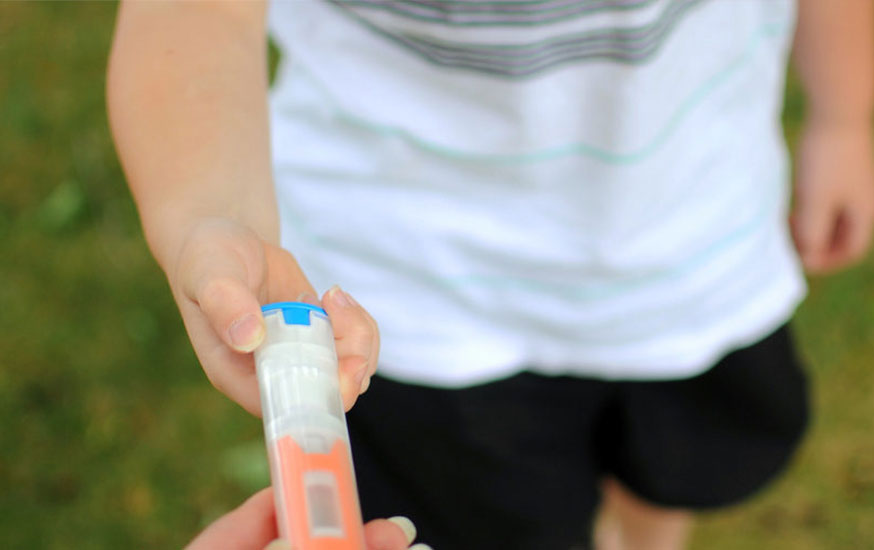On the second day of AAM’s GRx-Biosims Conference, in Bethesda, Maryland, a session was held related to drug/device combination products. The session included several presenters from the FDA and industry. While the challenges with the drug/device combinations was well covered in the session, there wasn’t a lot of focus on the opportunities.
The industry, as well as the FDA, agreed that the drug/device program should start with the understanding of the safety, clinical, and drug performance needs. In the case of generics, the general consensus of the panel was that it is best to be as close as possible to the reference listed drug (RLD). The risk management for devices was discussed at great length. The message was that risk management starts with the understanding of the impact of the device on the safety and efficacy of the drug/device combination, the indication, the duration of the treatment, the users (pediatric, adolescent, adult, caregiver, HCP), and frequency of dosing, etc. Most of the information provided by the agency was related to the generic drug/device combination rather than devices related to biosimilars. The need for Threshold Analysis versus Human Factor Studies was discussed, keeping generics in mind.
Most of the information related to the generics echoed the FDA’s draft guidance, Comparative Analyses and Related Comparative Use Human Factors Studies for a Drug-Device Combination Product Submitted in an ANDA (here). During the question and answer session, there were discussions regarding how much of the information from the Design History File and the Risk Management File should be provided in the NDA/ANDA. The response was that while the Design History File and the Risk Management File need not be provided in the regulatory submission in its entirety, an executive summary, covering all the salient aspects of the design as well as the risk management, is needed.
While there were no real fireworks in the session, it was well conducted, informative, and a good place to recapitulate what CDER has already communicated about drug device combinations.




